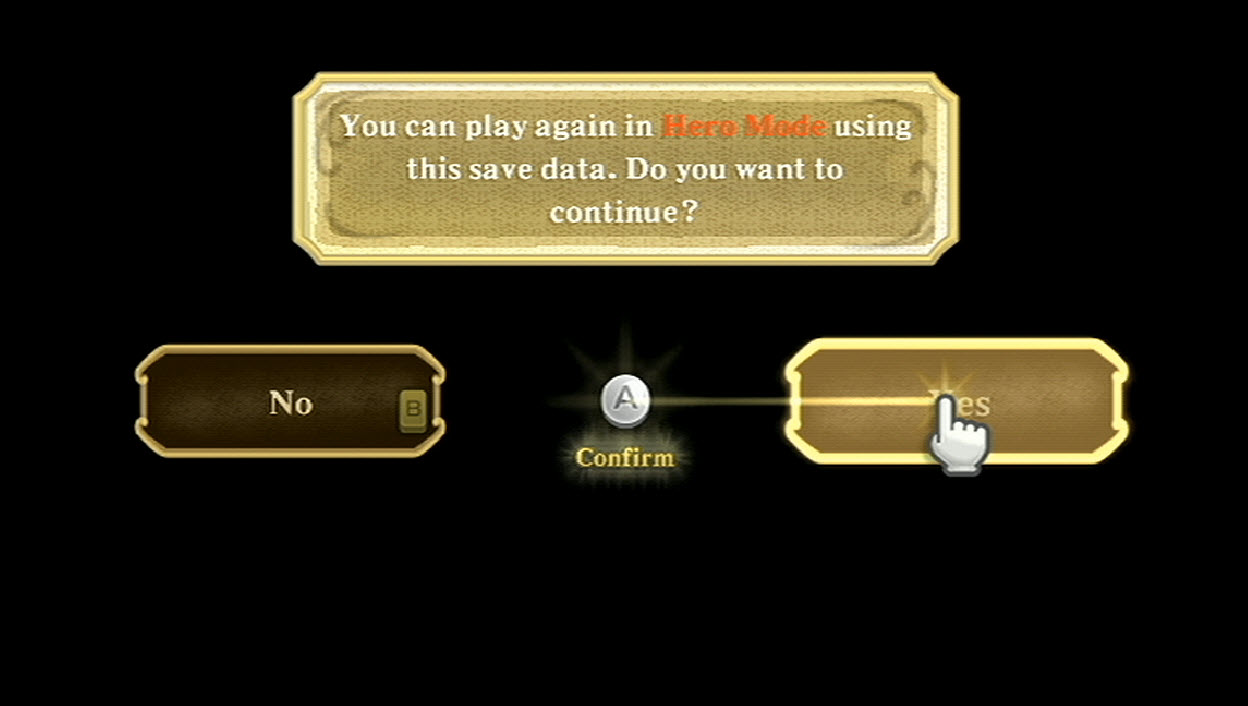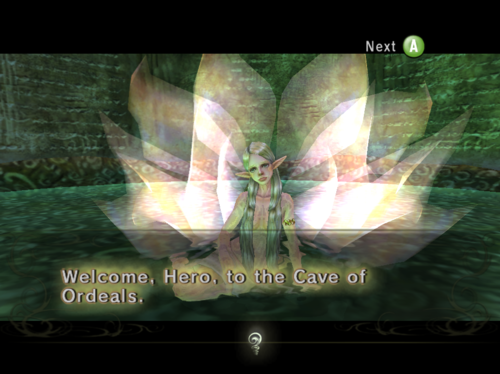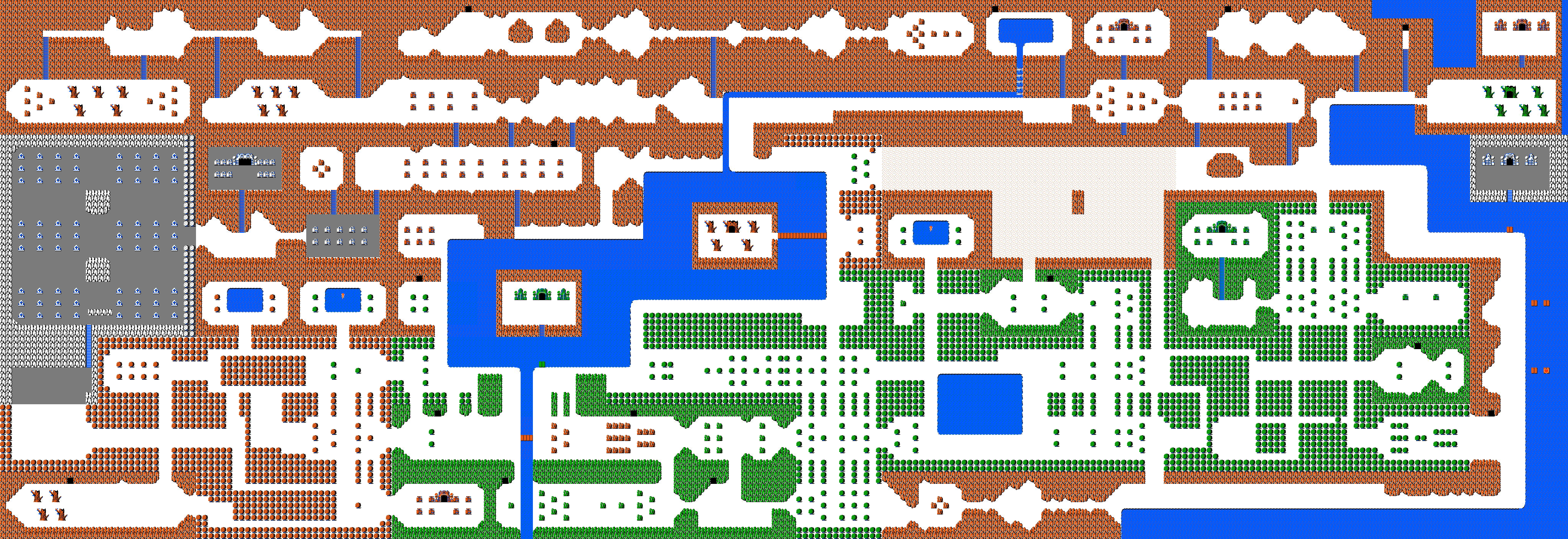The Replay Value of Zelda Games
Posted on March 25 2013 by Legacy Staff
 We’ve all probably beaten a Zelda game and wondered why our fantastic adventure had to come to an end. After spending so much time building Link to his fullest potential, it’s such a shame that his journey has to be over. For most of us though, it’s hardly the end. Some people would be hesitant to call another person a true Zelda fan if they haven’t played multiple games in the series at least twice.
We’ve all probably beaten a Zelda game and wondered why our fantastic adventure had to come to an end. After spending so much time building Link to his fullest potential, it’s such a shame that his journey has to be over. For most of us though, it’s hardly the end. Some people would be hesitant to call another person a true Zelda fan if they haven’t played multiple games in the series at least twice.
But why is it that we replay our favorite Zelda games so many times? It’s not like anyone really gets anything new out of (most of) the games by replaying them, other than perhaps discovering some new secrets or completing side quests that were missed the first time. The point is, the amount of content in the Zelda games is typically finite, so after a certain amount of playthroughs, it’s entirely possible for one to memorize the game. I personally have played Ocarina of Time over 20 times, and while the awe of the experience and my sense of nostalgia never falter, I barely have to pay attention to the game to get by in a breeze.
Essentially, while the presentation of many of the Zelda games never ceases to amaze, there becomes a significant decrease in challenge on successive playthroughs. It is important that a game provides incentive to continue playing it, otherwise it will lose its luster over time. A game is not only a medium of escapism, but a system designed to test our skills. While, of course, games like Ocarina of Time have stood the test of time, this should be for more reasons than that it was amazing years ago when people first played it.
When you boil it down to the basics, the gameplay of titles in the Legend of Zelda series are all about exploration, combat, and puzzle-solving. Challenging combat has plenty of room for replayability, but, for the most part, exploration and puzzle-solving have minimal amounts of replay value. Exploration is limited by the size of a game’s world, unless you bring randomization to the table (more on that later). Puzzles, by nature, are designed to be completed once, since they are about discovering their solutions. With the fact in mind that two-thirds of the essence of Zelda games are inherently designed to be novel experiences once, how can Nintendo design a truly replayable Zelda game?
 To begin with the easiest factor to squeeze replay value out of, The Wind Waker, Twilight Princess, and Spirit Tracks can be observed for a source of combat inspiration. The Savage Labyrinth, Cave of Ordeals, and Take ‘Em All On challenges from their respective games are all primarily enemy gauntlets. In Twilight Princess specifically, this was personally the most fun and challenging part of the game. Based on this, I suggest including something like this again, only endless. It would be a game mode that you could continue to come back to even after you’ve beaten the game to see how many floors you can complete. It would also provide incentive to collect all of the items and pieces of heart in the game so that you could perform better in this mode. There could be Miiverse integration so you could boast about how many floors you’ve completed and how you’re the best Zelda player ever. All in all, this mode would be a true test of people’s talent in Zelda combat.
To begin with the easiest factor to squeeze replay value out of, The Wind Waker, Twilight Princess, and Spirit Tracks can be observed for a source of combat inspiration. The Savage Labyrinth, Cave of Ordeals, and Take ‘Em All On challenges from their respective games are all primarily enemy gauntlets. In Twilight Princess specifically, this was personally the most fun and challenging part of the game. Based on this, I suggest including something like this again, only endless. It would be a game mode that you could continue to come back to even after you’ve beaten the game to see how many floors you can complete. It would also provide incentive to collect all of the items and pieces of heart in the game so that you could perform better in this mode. There could be Miiverse integration so you could boast about how many floors you’ve completed and how you’re the best Zelda player ever. All in all, this mode would be a true test of people’s talent in Zelda combat.
Shigeru Miyamoto recently stated in an interview that the Oracle games were initially meant to be released episodically. This is an interesting approach that Alex Plant of GenGame wrote about in detail. There are definitely advantages to a constant flow of new material, as opposed to years of waiting between new installments. In a similar vein is the possibility of downloadable content. Even after future games are released, Nintendo can continue to expand their worlds and develop new dungeons that players can obtain for a further challenge. While I am personally against the idea of paid DLC, I do not deny that it will increase the longevity of a Zelda game. The addition of more puzzles and new areas to explore would keep the newest Zelda world fresh for longer, rather than becoming stale quickly due to a lack of new content. This would work wonders so long as new content continued to come. It is inevitable that it would cease eventually, and incentive to play would disappear along with it. It is much more beneficial for the game itself to provide new experiences as a result of its design, rather than having to rely on new content.

There are other ways to keep a Zelda world fresh, however. While many people have memorized the world map of the original Legend of Zelda, it still feels new each time. Since the game is so decidedly nonlinear, you can complete the adventure in numerous orders. From one playthrough to the next, you may have different items and a different amount of hearts upon reaching a certain dungeon compared to the last time you played the game. While each time it is the same world being explored, the freedom to explore it in a variety of ways keeps it interesting.
Randomization, to an extent, could also be used to keep environments unpredictable. I’m not too familiar with the game, but I know that this approach was taken with Four Swords. By changing up the way that dungeons are presented each time you start a new game, exploration will remain interesting since you will not be able to memorize the correct path. Not to suggest that it should be implemented exactly like this, but the Dark Cloud series took this approach with its dungeons. Each floor of every dungeon was randomly-generated in regards to level design, enemy placement, and item locations. Something like this could be interesting for Zelda, but it does come with a fair share of problems. The most glaring issue is, of course, that randomization does not necessarily allow for the intricate design that the developers employ when creating dungeons and the puzzles within them. Used sparingly and in the right places, however, randomization could help replayability in future Zelda titles.
Some Zelda games have tried to include replayability in the forms of a Master Quest or Hero Mode. While I am onboard for the inclusion of different difficulty settings to accommodate for the varying skill levels of Zelda fans, I am not fond of the current implementation. In its current state, the second quest is usually nothing more than the same game with minor alterations. This really is not replayability, but a half-baked extension of the initial playthrough. Not to mention that Skyward Sword’s Hero Mode was hardly a difficulty increase since the AI was identical. It was simply a change in the game’s balance (and if you ask me, Hero Mode is closer to what the game’s default heart balancing should have been). Ocarina of Time’s Master Quest and The Legend of Zelda’s second quest were at least better since they completely changed the dungeons, which provided new puzzles and further exploration. This shares the same issue though, that while more is better, it is still not enough to pull people back for more indefinitely.
To summarize, if a Zelda game wants to remain relevant over time, it either needs to employ elements that create varying experiences each time or a constant flow of new content. Whether it be randomization, downloadable content, additional game modes, or nonlinearity, I think something should be done to assure that future Zelda games do not become stale.
Do you think that Zelda games should be more replayable in the future, or do you feel that they’re great just the way they are? Let me know in the comments!



